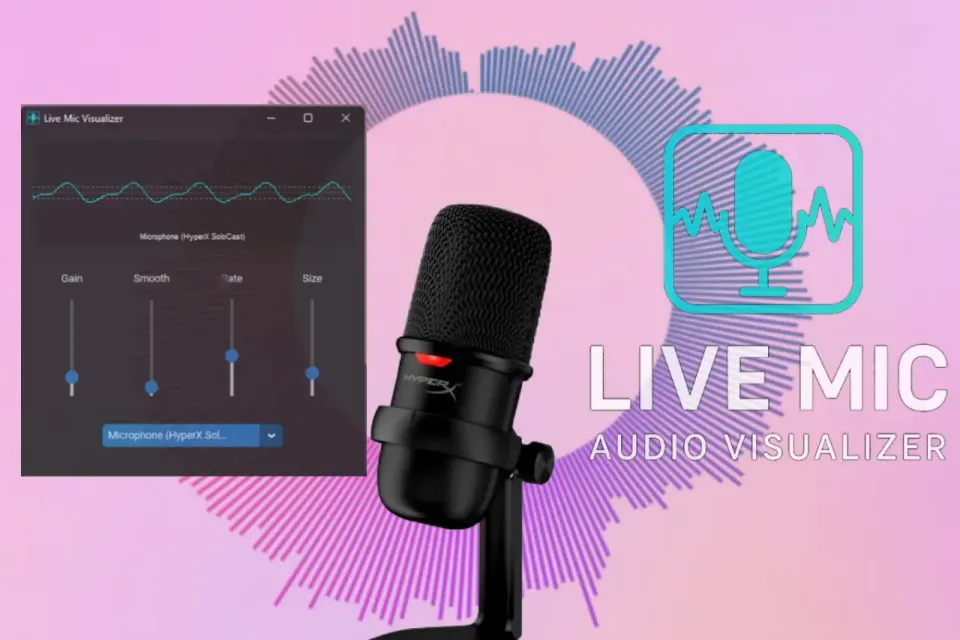Quantum Computing: A Looming Threat to Ethereum's Cryptographic Foundations
Ethereum’s developers are already laying the groundwork for a post-quantum future

The rapid evolution of quantum computing, once the realm of science fiction, now poses a very real albeit long-term risk to Ethereum’s current security model. While no quantum computer today can crack classically secured blockchains, researchers and Ethereum's own leadership warn the storm is on the horizon.
The Nature of the Risk
At the heart of Ethereum’s vulnerability are two cryptographic pillars: elliptic curve cryptography (ECC) for wallet security and BLS (Boneh Lynn Shacham) signatures for its Proof-of-Stake (PoS) consensus.
- Public-Key Cryptography: Ethereum relies on ECC (specifically ECDSA) to ensure that only the holder of a private key can authorize transactions. But a sufficiently powerful quantum computer could run Shor’s algorithm, which would allow it to derive a user’s private key from their public key enabling an attacker to steal funds. Wikipedia+2Medium+2
- Consensus Mechanism: Validators in Ethereum’s PoS system sign blocks using BLS signatures, which also rely on elliptic curves. This makes them similarly exposed to quantum attacks. Cloudfront+1
If an attacker compromised validator keys, they could severely disrupt consensus, undermining Ethereum’s security and integrity.
Why Ethereum Can't Wait
Vitalik Buterin, Ethereum’s co-founder, has sounded the alarm: he estimates a 20% probability that quantum machines capable of undermining current cryptography may arrive before 2030. CCN.com+1 He has publicly set a 2028 deadline for the community to begin migrating toward quantum-resistant cryptography. Crypto Economy+1
This timeline isn’t arbitrary the 2028 U.S. presidential election is being used as a symbolic milestone to galvanize action. Buterin argues that transition can’t be left until the threat is fully realized; the consensus process for blockchain upgrades is slow, and a “last-minute” scramble could be dangerous. Crypto Economy
Building a Quantum-Resistant Future
Ethereum’s developers are already laying the groundwork for a post-quantum future:
- Post-Quantum Signature Schemes
Researchers are examining lattice-based (e.g., CRYSTALS-Dilithium), hash-based, and STARK-based cryptographic algorithms that are believed to resist quantum attacks. Medium - Hybrid Verification
A proposed migration strategy hosts both old (ECC-based) and new quantum-safe signatures in parallel during a transition period. This allows users to opt in gradually. Medium+1 - Account Abstraction
Thanks to Ethereum’s push toward account abstraction (e.g., via ERC-4337), users could deploy smart-contract–based wallets that verify quantum-safe signatures without waiting for a full protocol upgrade. Medium - Hard Fork / Recovery Plan
Buterin has floated what he calls a “simple recovery fork” in case of a quantum emergency. This would disable older, vulnerable transaction types and usher users toward quantum-resistant accounts, possibly backed by STARK proofs. quantumx.it - Protocol Stabilization (“Ossification”)
Some commentators note Ethereum is intentionally “ossifying” its base layer: hardening core parts of the protocol to resist risky changes while focusing innovation on Layer 2s. AInvest
Challenges Ahead
- Efficiency vs. Security Trade-Offs: Post-quantum signatures often come with larger key sizes and higher computational cost. Ethereum has to find schemes that are not only secure but also efficient enough for a live, high-throughput chain. NICS Lab
- User Migration: Moving users to quantum-safe addresses raises UX challenges. Many wallets, exchanges, and smart contracts will need to support the new cryptographic primitives.
- Consensus Risk: Upgrading BLS signatures in PoS is non-trivial because it's deeply integrated into how Ethereum reaches consensus. Cloudfront+1
- Time Pressure: Even though the threat is “not immediate,” delay could be costly. Transitioning cryptographic roots across a global decentralized network takes years.




